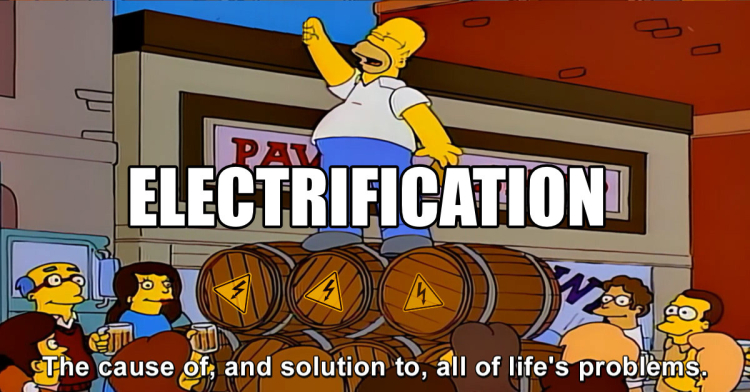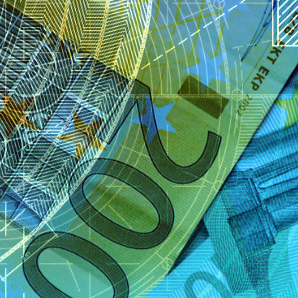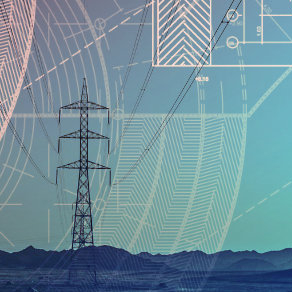
Back in 1997, the great philosopher Homer Simpson may not have realized that his iconic insights into alcohol could also be applied to the electrification conundrum the world faces today. Currently, we have to grapple with the implications of an increasing demand for electricity caused by the electrification of transportation and heating, and one may start to wonder: Is electrification the solution to or the source of all problems?
Everything’s coming up Electrification!
On our way to answering this question, we have to circle back to the fact that the global demand for electricity is currently on a very steep upward trajectory. According to the International Energy Agency (IEA), from 2020 to 2040, we are looking at an almost 67% cumulative growth in electricity demand globally. In Europe alone, where the changes are more immediate, electricity demand is forecasted to surge by 50% by 2035, and even double by 2050 if the net-zero targets are to be met.
This considerable growth rate isn't without reasons. Historically, factors such as population growth, urbanization, and relentless industrialization have driven this demand, but today the electrification of transportation and heating are giving this increase a major boost. While there were around 6.1 million EVs in the EU at the end of 2022, conservative projections forecast this number to be at least 40 million by 2030. Some estimates even place it as high as 84 million. Similarly, heating is undergoing a significant transformation. The EU expects the number of heat pumps to balloon from the 2022 figures, tripling to an impressive 60-72 million by 2030.
Yet, this narrative isn't just European. It's global. The colossal demand for electricity isn't just about powering cars or homes. It's a shift in the global energy landscape as countries strive for a low-carbon economy. The role of renewable energy sources, like wind and solar, is pivotal. As the IEA points out, renewables are poised to account for a staggering 90% of the increase in global electricity generation from 2020 to 2040.
Works on contingency? No, money down!
These demand projections, driven by population growth, urbanization, and technological advancements are causing a hype surrounding greener energy sources. International agreements and the national policies backing them only accelerate greentech innovation and adoption. This is why renewables and all the associated technologies are getting more and more attractive to investors. Equipped with large funds, energy companies find themselves in a position to spearhead R&D initiatives, tap into new markets, and diversify their portfolios. As the sector evolves, innovative solutions, from microgrids to advanced energy storage systems, will also emerge. These not only represent business opportunities but also the potential for high returns on investment.
So, the incentives are there, but you may wonder: How do we cater to such sharp increases in demand on a technical level? How does scaling up work in this field? Especially if the aim is to do it predominantly with renewables? The complexities are manifold.
Trying is the first step towards failure?
Firstly, there’s infrastructure. Meeting the ever-increasing demand means a massive overhaul of our existing grids, which mainly involves the extension of our current transmission and distribution infrastructure. This not only means more cables but also advanced, efficient, and resilient cables capable of handling increased capacities. Consider this: by 2050, the global network of cables will need to double, entailing investments that could run into the trillions. A colossal feat, to say the least, but that’s not even the biggest issue, as infrastructure expansion also brings about more challenges in integration.
Our existing power grids developed over decades and are tailored to cater to electricity from centralized plants, which are mostly powered by fossil fuels. In contrast, a renewable-centric grid will rely on power from multiple decentralized sources, which are, by nature, intermittent and unpredictable. This paradigm shift requires not just more cables but an intricate, well-orchestrated network. Yet, the challenges aren't merely technical.
The financial aspect of scaling up renewable energy also cannot be ignored. While the unit cost of renewable energy has been decreasing, the overall infrastructure, storage solutions, and grid adaptation can significantly increase the total expenditure. But also hurdles on the supply side can pop up, as with the explosive demand for materials like copper, lithium, platinum, cobalt, etc., shortages are likely to be a recurring theme. Adding to that, as with any massive infrastructure undertaking, delays are inevitable: Regulatory hurdles, environmental concerns, or local opposition to infrastructure projects can easily create bottlenecks.
Forward, not backward!
Despite the challenges, the energy industry needs to double down on electrification. We believe that while the complexities it presents might seem a lot to bear, the vision of an electrified energy system is one full of possibilities. It promises not only to reinvent how we produce and consume energy but also to redefine our relationship with the planet.
Also check out the follow-up article, where we present the main pillars of how an electrified energy future can come about.
Screenshot © FOX




